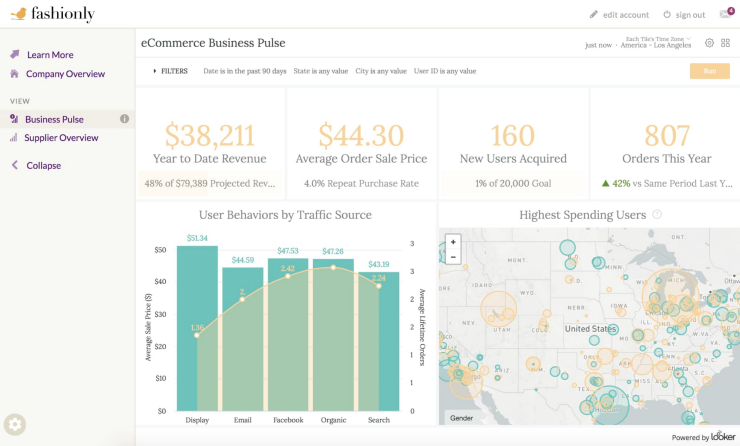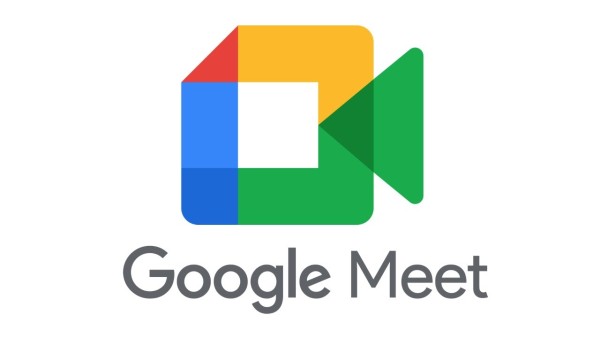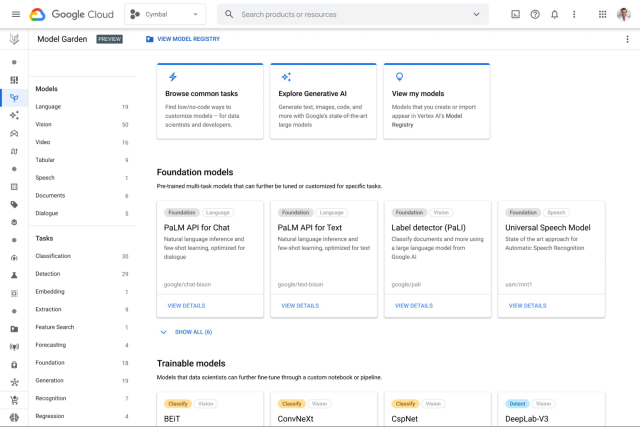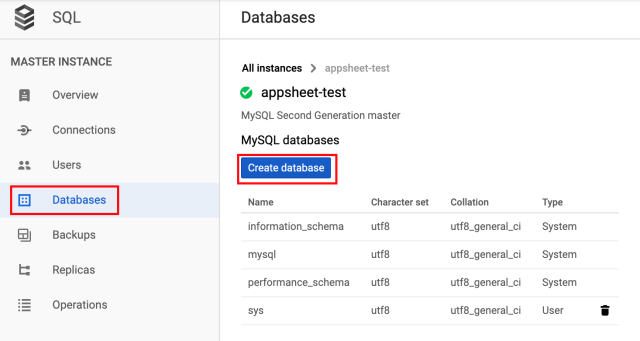**Looker**, Google’s primary Business Intelligence tool, brings an innovative approach to information management and analysis, enabling the transformation of complex data into actionable insights. The solution operates on a semantic layer based on **LookML**, which centrally defines metrics and dimensions, ensuring consistency across analytical models.

Through direct integration with **BigQuery** and various sources, the tool enables real-time analysis via interactive visualizations that uncover hidden patterns in data. Robust support through **APIs** and customization tools allows for expanded functionality tailored to specific and demanding business environments.
The platform’s focus on **security** and **information governance** enhances the end-user experience, promoting close collaboration between technical and business teams. The in-database architecture optimizes integration and transformation processes, reducing reporting latency and improving the quality of strategic analysis.
With native integration into Google Cloud, the platform achieves scalability and flexibility to meet the needs of companies across various sizes and industries. These characteristics make Looker an essential ally for organizations seeking to maximize the value of their data in a competitive environment.
Looker Features
-
Data integration and connectivity: Looker connects natively to various data sources, leveraging an in-database approach that eliminates the need for replication. This integration enables real-time analysis through direct and accurate queries.
-
Data modeling with LookML: The solution incorporates **LookML**, a modeling language that centrally defines metrics, dimensions, and relationships. This semantic layer ensures report consistency and supports robust information governance.
-
Interactive exploration and visualization: The platform provides an intuitive environment for building dashboards and reports. Users can create custom visualizations that simplify the interpretation of complex data and reveal relevant insights.
-
Collaboration and self-service: Looker enables a collaborative space where both technical and business users can build and share analyses. This approach fosters a self-service culture, driving the democratization of information access.
-
Integration with Google Cloud and APIs: The tool integrates natively with **BigQuery** and other Google Cloud services, leveraging strong **API** support to extend and customize functionalities according to each organization’s needs.
-
Security and governance: With advanced **security** controls and strict access policies, the solution strengthens data integrity, complying with regulatory and business requirements in high-demand environments.
Demonstration Video
This video, titled *"Unleash Data's Full Potential: The Looker Story"*, provides a walkthrough that explains the philosophy behind the platform, its integration within the Google Cloud ecosystem, and its powerful functionalities.
Strengths and Weaknesses
| Strengths | Weaknesses |
|---|---|
| Flexible data modeling using **LookML**, enabling centralized metric definitions. | Steep learning curve for inexperienced users due to the need to understand modeling and programming concepts. |
| Native integration with **Google Cloud** and **BigQuery**, facilitating real-time analysis. | Requires advanced technical knowledge to fully utilize all capabilities and unlock the tool’s full potential. |
| Robust governance and consistent definitions support informed decision-making. | Some limitations in visualization customization compared to competing tools. |
| Platform geared toward **self-service** and collaboration, enabling shared insight generation. | Primary reliance on cloud infrastructure may pose challenges for traditional on-premises environments. |
| Modern analytics with interactive visualizations that help explore hidden data relationships. | Licensing and maintenance costs can be high for large-scale or highly specific use cases. |
Options
-
Licensing: **Subscription-based** (SaaS) model, with options tailored to business needs and the possibility of integration into hybrid infrastructures, while predominantly maintaining a cloud-based structure.
-
Company size: The solution fits both **small and medium-sized businesses** and **large enterprises**; although its robustness and advanced capabilities particularly suit larger-scale corporate environments.
-
Deployment type: Primarily **cloud-based (SaaS)**, though flexible enough for **on-premises** or hybrid deployments depending on client security and technology requirements.
References
-
Official Google Looker page: https://cloud.google.com/looker
- Printer-friendly version
- Log in to post comments




